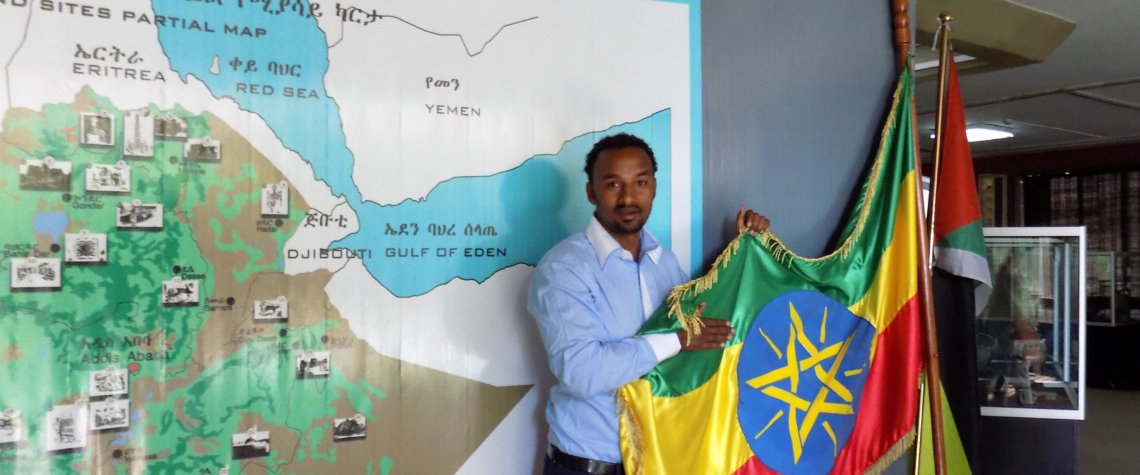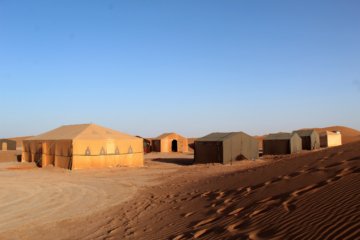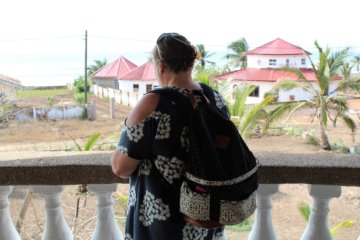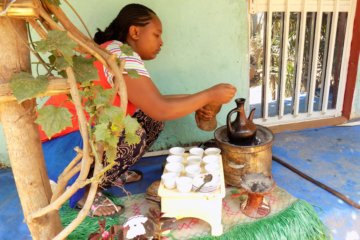The National Museum, Addis Ababa, also referred to as the National Museum of Ethiopia (NME) or the Ethiopian National Museum, was founded in the late 1970s. It came about as a result of a joint venture between the Institute of Archaeology and the Ethiopian Cultural Heritage Administration.
Today, the collection on show here is considered to be amongst the most important in sub-Saharan Africa.
In this article, I will tell you everything you need to know about the National Museum, Addis Ababa. For information on other places to visit in this amazing city, as well as travel tips, please read my Addis Ababa Travel Guide.
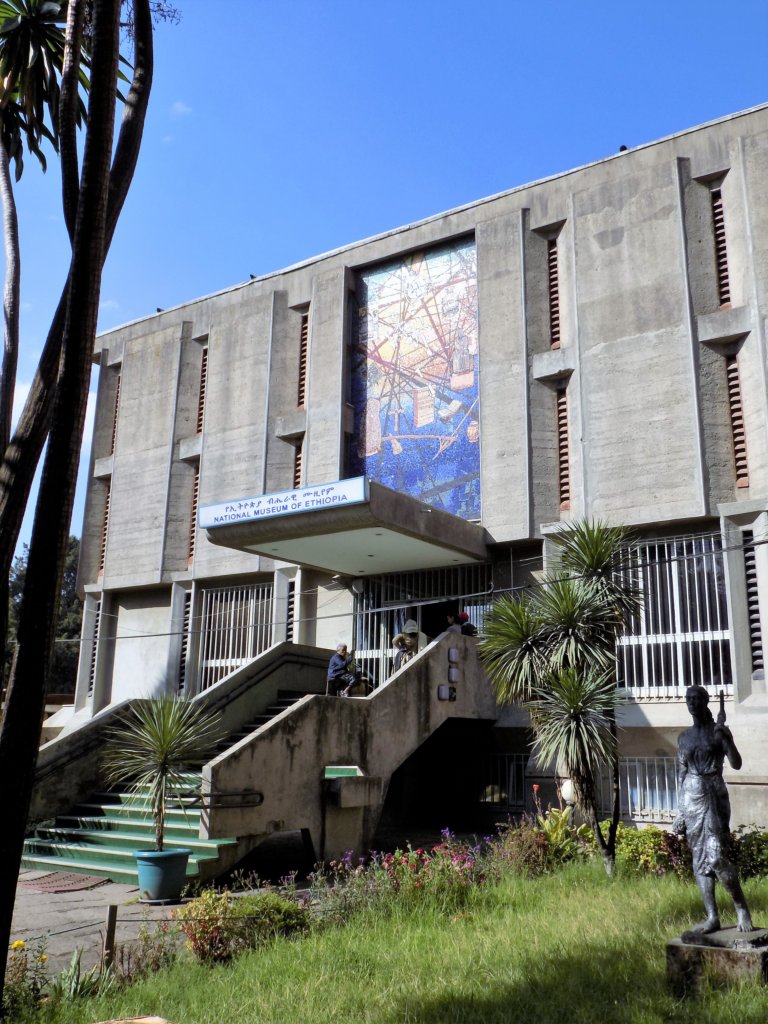
In this article
Essentials
Location
King George VI Street, Addis Ababa (near Addis Ababa University’s graduate school)
Opening Times
9am – 5.30pm every day
Price
A very modest 10 Birr per person (about 27p or 35 US cents)
Our Visit
Our Guide – Yuhn from Liyu Tours, booked through Viator
It is perfectly possible to visit the National Museum independently, but why not book a tour and combine it with several other destinations in the city?
Whenever we visit a new destination, we book a tour with a local guide. There’s no better way to get under the skin of a place! We use Viator when we want to uncover interesting things to do in a new city. They’re easy to use and book with, and we’ve had some amazing experiences with them.
Check out these tours:
The National Museum, Addis Ababa was the first stop on our city tour with Yuhn. It enabled him to give us a lot of background information about Addis and Ethiopia as a whole. It really helped us to understand what we were to see over the coming weeks. For example, Yuhn explained to us about how Ethiopia became landlocked in 1993 and the reasons why, despite the border between Ethiopia and Eritrea being only 20 km from the coast, he has never seen the ocean! He also told us about the origins of the Ethiopian flag and the significance behind the colours found on it. The green recalls the land, yellow stands for peace and hope, and red is symbolic of strength.
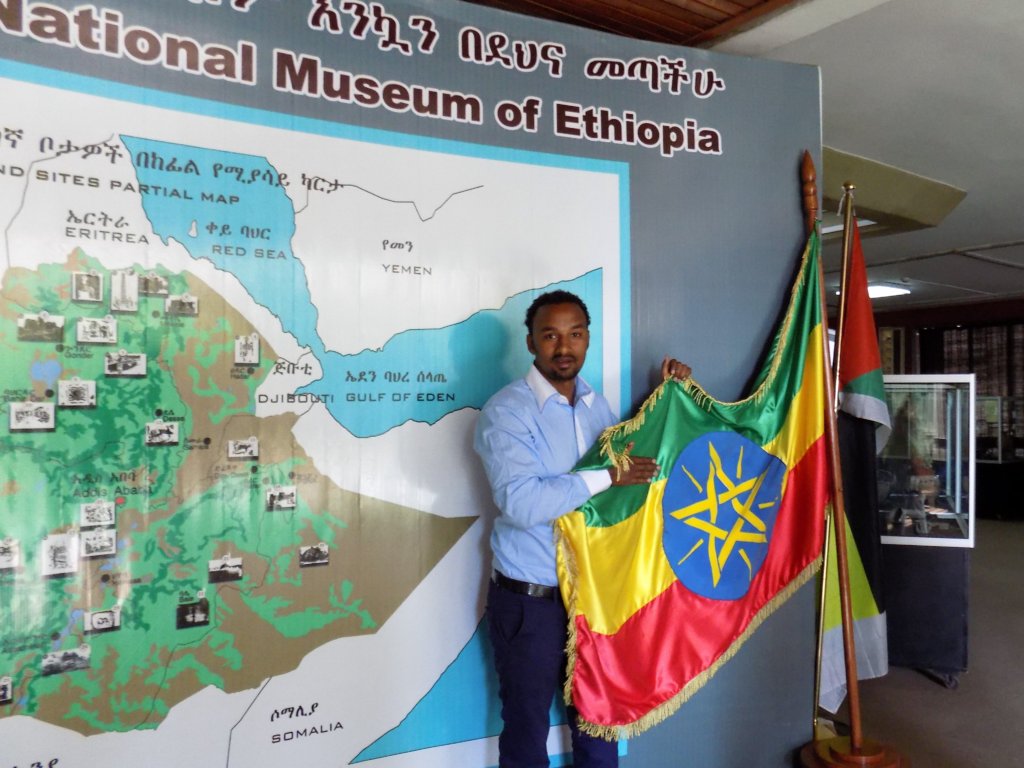
As I alluded to in my previous post, we were incredibly impressed by Yuhn and his tour company. His knowledge was second to none and his enthusiasm for his subject was infectious. All entrance fees and food and drink costs were included in his tour price, so we didn’t have to worry about anything. He charged us $90/person/day which we felt was very good value for money. We would recommend his services unreservedly and hope to use him again when we next visit Ethiopia.
Palaeontology Exhibition
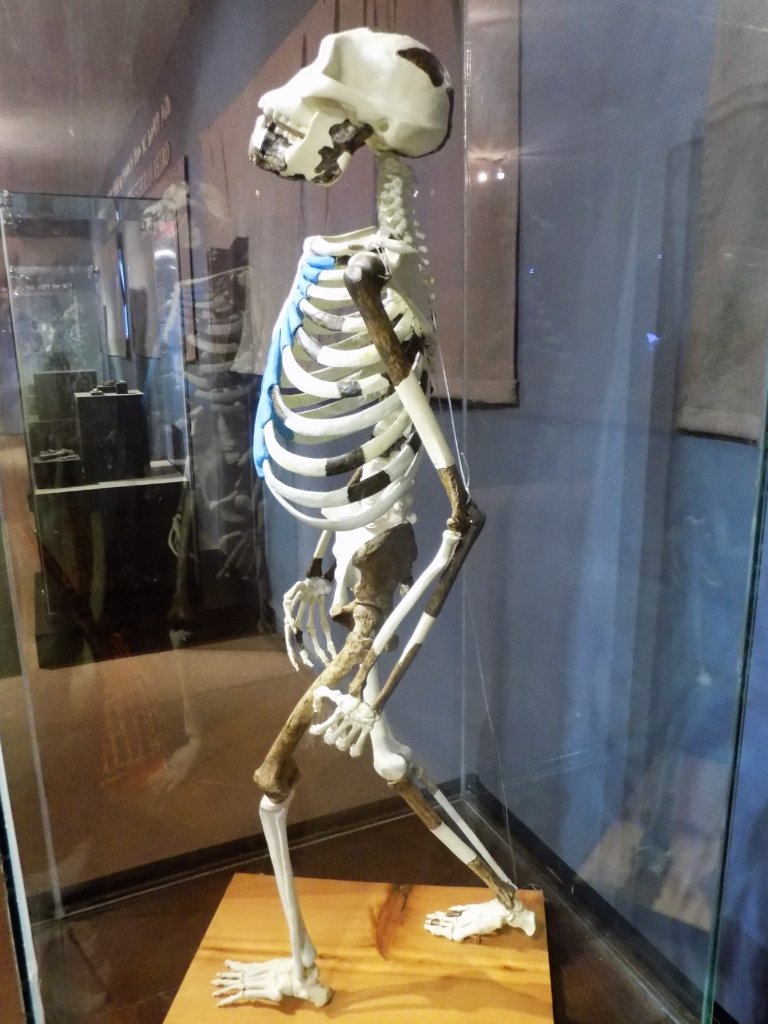
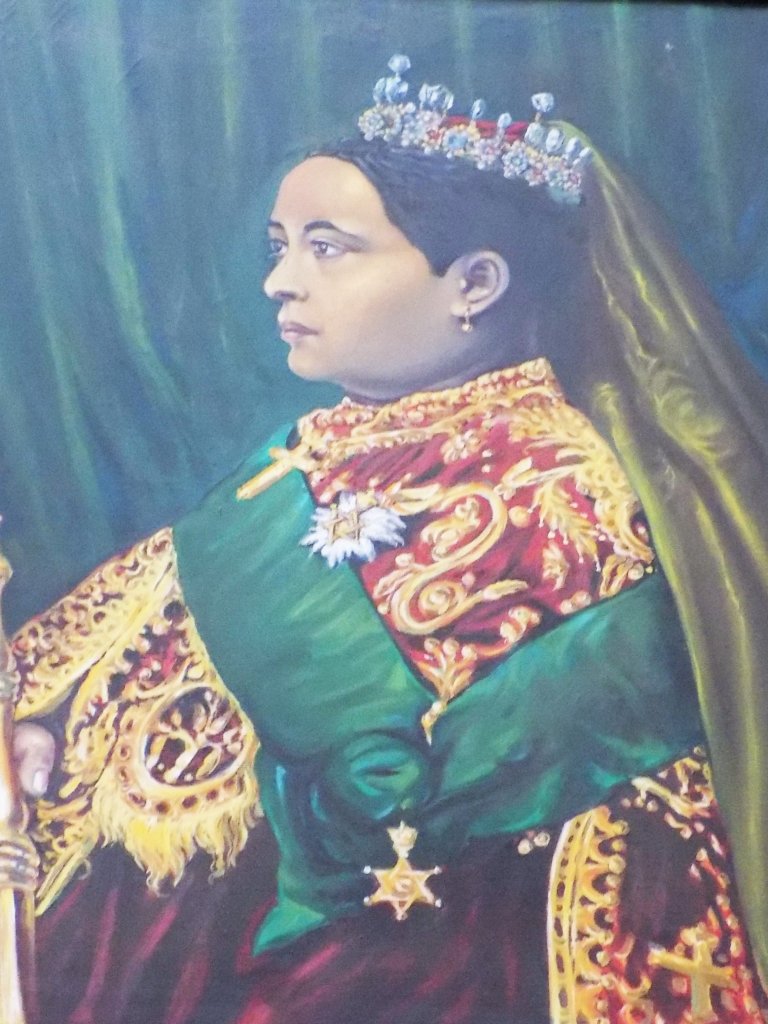
Ethiopian Art
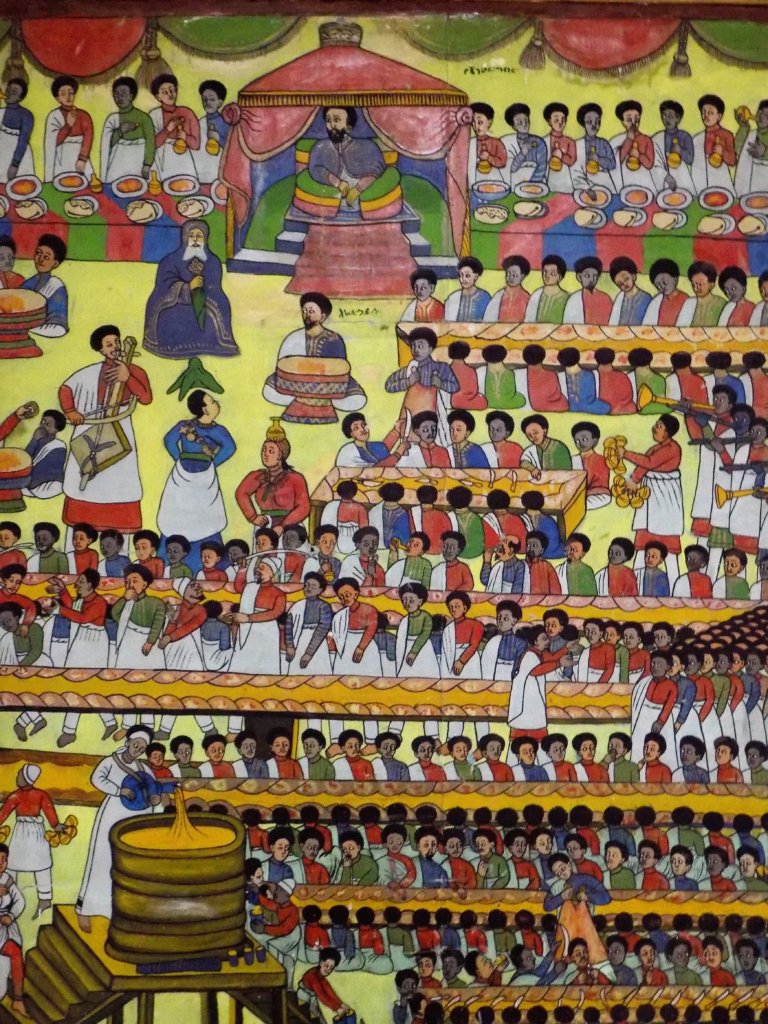
Ethnological Display
The History of Ethiopia in Under 10 Minutes!
We first watched this potted history of Ethiopia during our visit to the National Museum. We have watched it since to better understand this fascinating country.
READ MY COMPLETE ADDIS ABABA TRAVEL GUIDE
Search for accommodation in Addis Ababa
Further Reading
Search for flights to Addis Ababa
If you like what you’ve read, PIN IT!!
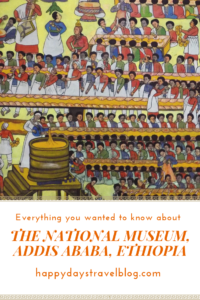
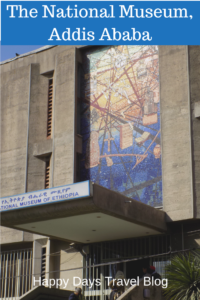
Disclosure: This post contains affiliate links. If you click through for more information, or to make a purchase, it may result in a small commission coming my way. Please note that there is no extra cost to you associated with this. Thank you so much for supporting my site.
Join our mailing list

Sign up to receive our monthly newsletter. Keep up with what we're doing and be the first to receive special offers and insider tips.

